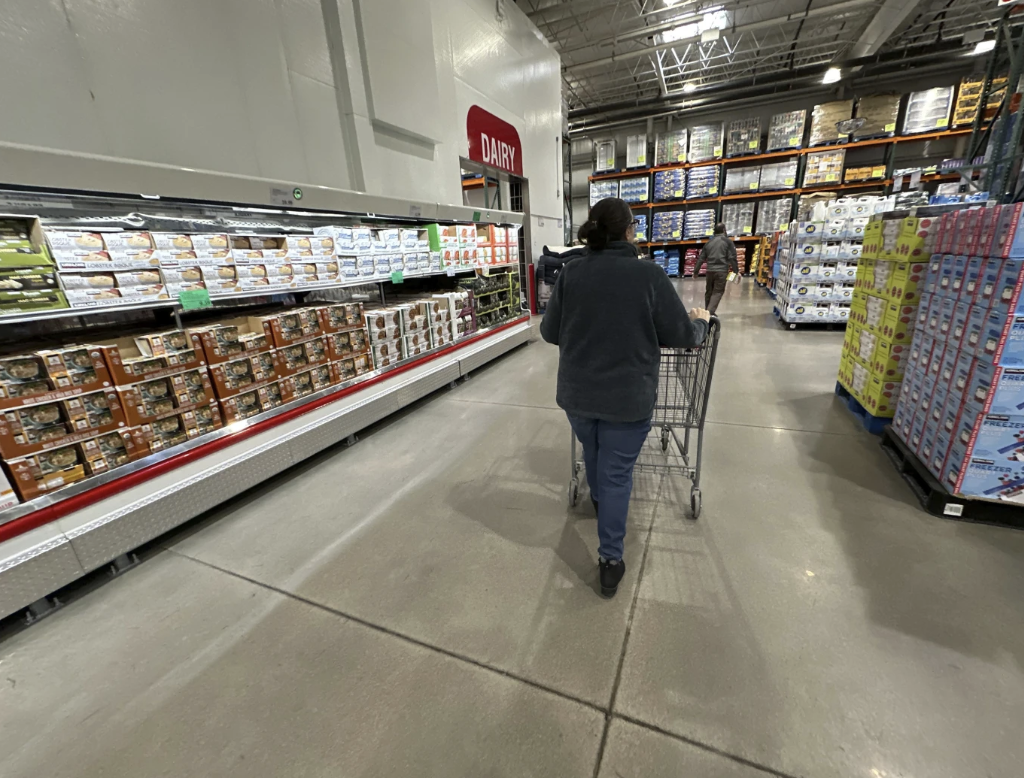The UK’s vision to become a global life sciences powerhouse is stuck in limbo as the government and pharmaceutical giants struggle to bridge a gaping divide over drug pricing. This ongoing dispute, rooted in the contentious Voluntary Scheme for Branded Medicines Pricing, Access, and Growth (VPAG), has delayed a critical life sciences strategy that could reshape the nation’s economic future. With the clock ticking, frustration is mounting, and the stakes are sky-high—here’s why this matters and what’s holding it back.
Drug Pricing Tug-of-War Stalls Progress
At the heart of the deadlock is a fierce disagreement over how much pharmaceutical companies should pay back to the National Health Service (NHS) under the VPAG scheme. In 2025, the scheme demands rebates of 23.5% to 35.6% on branded medicine sales, a sharp jump from the 5% companies paid in 2021. This clawback, designed to cap NHS drug spending, is squeezing pharma giants like AstraZeneca, Pfizer, and Roche, who argue it’s unsustainable. According to the Association of the British Pharmaceutical Industry (ABPI), these rebates are forcing companies to slash research budgets, with 68% of member firms reporting reduced UK investments in 2024 alone.
The government, however, sees the VPAG as a lifeline to control healthcare costs. NHS England’s drug bill hit £18.3 billion in 2024, up 7% from the previous year, driven by demand for cutting-edge therapies. Without these rebates, officials warn, the NHS could face a £2.5 billion shortfall by 2027. Yet, the pharma sector counters that the high rates are driving innovation elsewhere—£1.2 billion in R&D funding was redirected from the UK to the US and EU in 2024, per industry estimates.
AstraZeneca’s Exit Threat Looms Large
The tension has pushed some companies to the brink. AstraZeneca, the UK’s most valuable listed firm with a market cap of £190 billion, is reportedly mulling a shift of its stock listing to the US, according to The Times. This isn’t just a corporate tantrum—losing AstraZeneca could cost the UK 7,000 high-skill jobs and £4.5 billion in annual economic output. The company’s CEO, Pascal Soriot, has been vocal, stating that the VPAG’s “punitive” rates make the UK “uninvestable.” In February 2025, AstraZeneca scrapped a £450 million vaccine plant in Speke, citing reduced government support—a move that analysts estimate could delay UK vaccine production capacity by three years.
Other firms are following suit. Eli Lilly and AbbVie exited the VPAG in 2023 after rebates surged to 26.5%, and 12% of ABPI members are now considering relocating R&D operations abroad by 2026. This exodus threatens the UK’s goal to grow its £17.6 billion life sciences sector into a £25 billion juggernaut by 2030.
Economic Dreams Hang in the Balance
The delayed life sciences review, originally set for release on July 1, 2025, was meant to be a game-changer. It promised to streamline regulations, boost clinical trials, and attract £10 billion in foreign investment by 2035. The sector, one of eight prioritized for economic growth, supports 250,000 jobs and generates £45 billion in R&D spillovers annually. But without a pricing agreement, these ambitions are faltering. The Financial Times reported that the review’s delay stems directly from the pricing impasse, with government sources admitting no deal is imminent.
The UK’s life sciences lag behind competitors. Germany’s pharma sector grew 4.8% in 2024, while the UK’s stagnated at 1.3%. France, with a 5.7% rebate rate, launched 22% more new drugs than the UK last year. If the VPAG rates aren’t adjusted, analysts predict a 15% drop in UK clinical trials by 2027, further eroding the nation’s edge.
Can a Deal Be Struck?
Negotiations are ongoing, but insiders are pessimistic. “We’re miles apart,” one pharma executive told Reuters, while a government official noted that talks lack a “landing zone.” The ABPI has proposed capping rebates at 10%, arguing it aligns with global norms—France, Italy, and Germany all hover between 5.7% and 7.9%. Yet, the government’s push to raise the Statutory Scheme rate to 32.2% in late 2025 signals little willingness to budge.
Compromise is possible but tricky. A phased rebate reduction could save the NHS £1 billion annually while freeing £800 million for pharma R&D, per Oxford Economics. Alternatively, tying rebates to innovation metrics—like the number of new drugs launched—could align incentives. But with political pressure to protect NHS budgets, any concession risks public backlash.
Global Ripple Effects
This isn’t just a UK problem. The standoff is spooking global investors, with 43% of life sciences venture capital firms citing “policy uncertainty” as a reason to avoid the UK, per a 2025 Deloitte survey. Meanwhile, the US is capitalizing on the chaos, with President Trump’s tariff threats pushing pharma firms to prioritize American markets. If the UK doesn’t act fast, it risks ceding ground to rivals in a $1.5 trillion global industry.
The clock is ticking. The government must balance NHS sustainability with the need to keep pharma giants invested. For now, the life sciences plan remains a blueprint gathering dust, and the UK’s dreams of biotech supremacy hang in the balance.

